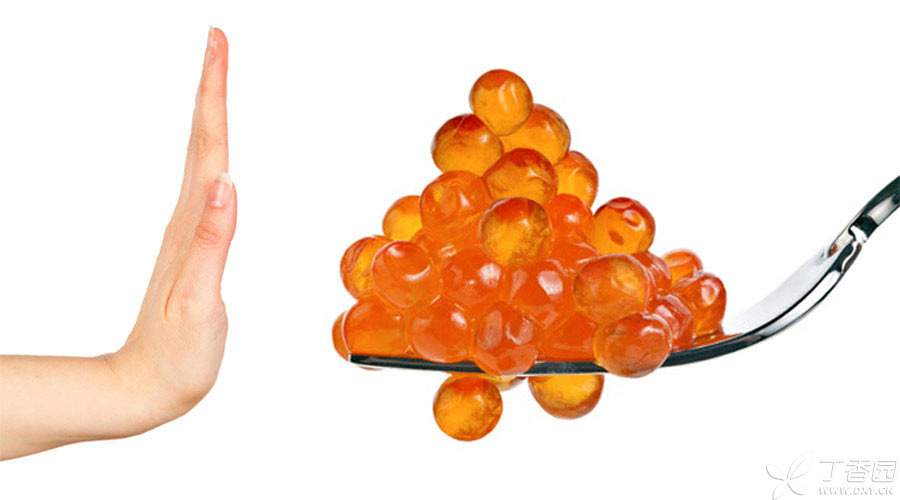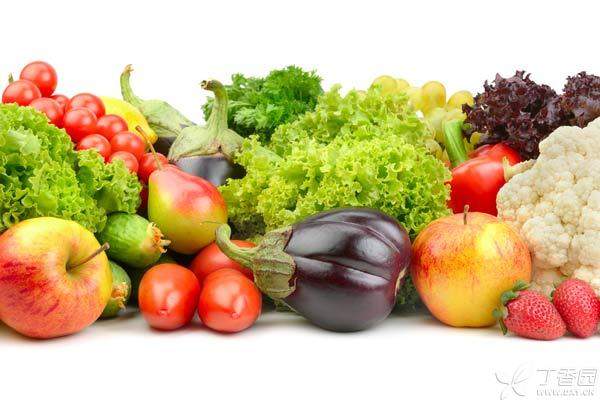
More than two-thirds of the blood uric acid in human body is endogenous uric acid, and the food source is only a small part. However, considering the decline of uric acid excretion capacity, the purine content of food still deserves attention.
Moreover, for animal food, the high purine content in food not only means the uric acid excretion pressure of the body, but also means the unreasonable dietary structure, which is an important factor leading to metabolic disorders.
What is [purine content]?
First of all, purine is a component of genetic material in the nucleus. Therefore, the denser the cells are, the higher the purine content will be.
Those foods that have no cellular structure, Such as milk, The purine content is very, very low. There are also some foods that are completely a large cell. For example, all kinds of poultry eggs. No matter how big the egg is, it is only one cell, and each cell has only one set of genetic material, and the total amount of purine is very small. Fruits and vegetables are relatively watery, and their cell volume is relatively large, including a large vacuole, and the content of genetic material per unit weight is also very low.
In contrast, for those dried foods, water is removed and the [dry goods] in them are concentrated. Generally speaking, purine will be more.
For example, dried beans appear to be high in purine, Because its moisture content is too low. If you soak it in water, Water content increases several times, Then the purine content will be reduced to a few minutes. Mushrooms are the same. Dried mushrooms seem to be particularly high. If they become soaked mushrooms, the content will suddenly become a few minutes or even one tenth. Therefore, if you see a plant food with high purine content, don’t be afraid first, first look at whether it is dry or fresh, or whether it is watered.
In addition, those tissues that are particularly [dense] and have strong metabolism also contain higher purines than tissues with low metabolic rate.
For example, in the same animal, the purine content in internal organs is usually higher than that in ordinary muscles, and ordinary muscles are higher than fat meat. Because fat meat is adipose tissue, metabolic activity is very low; However, viscera usually has a relatively high metabolic rate, small and dense cells and high nuclear material content. Caviar is an egg cell and will continue to divide to form embryos in the future, so it contains very high levels of purine.
How is the purine content of food divided?
Medical books usually classify foods into four classes according to their purine content. When these foods are listed in disorder, people will find it difficult to remember and find rules. If they are classified and summarized according to the characteristics of food, it is much easier to understand and remember them.
The first is ultra-high purine food, with purine content above 150 mg/100 g. Patients with gout and hyperuricemia should completely avoid these foods.
They include various animal viscera (liver, kidney, brain, spleen, etc.); Some aquatic products (sardines, anchovies, roe, shrimps, etc.); Thick broth, thick fish soup, seafood hotpot soup and mutton hotpot soup, etc.
The second class is medium and high purine food, with purine content between 75 mg and 150 mg/100 g. Patients should be strictly limited and cannot eat it during acute attack.
They include all kinds of livestock meat (pigs, cattle, sheep, deer, etc.); Poultry meat (chicken, duck, goose, pigeon, quail, turkey, etc.); Some fish (perch, carp, crucian carp, eel, eel, etc.); Crustaceans (oyster meat, shellfish meat, clam meat, crab, etc.) and dried beans (soybean, black bean, mung bean, red bean, etc.).
In particular, Other animal foods contain 70-80% water, while dried beans contain only a little more than 10% water. It is unfair to compare foods with different water contents. Considering that few people eat dried beans, they are eaten after boiling or even beating with water. However, if the beans are soaked in water and sorted, they will fall to the next level.
The third category is food with medium and low purine content, with purine content ranging from 30 mg to 75 mg/100 g.
They include dark green leafy vegetables with tender stems and leaves (green leafy vegetables such as spinach and tender stems such as asparagus); Flower vegetables (white cauliflower, broccoli, etc.); Tender bean vegetables (green beans, tender peas, tender broad beans); Undried fungi (various fresh mushrooms); Some aquatic products (salmon, tuna, white fish, lobster, etc.).
The fourth category is food with low purine content. The purine content is below 30 mg/100 g, and there is almost no need to worry about its purine content.
They include milk (milk, cheese); All kinds of eggs (eggs, duck eggs, goose eggs, quail eggs, pigeon eggs, etc.); Light-colored leafy vegetables (Chinese cabbage, cabbage, baby vegetables, etc.); Root vegetables (potatoes, taro, sweet potatoes, radishes, carrots, etc.); Solanaceous vegetables (tomatoes, eggplants, green peppers); Melon vegetables (wax gourd, loofah, cucumber, pumpkin, etc.); A variety of fruits; All kinds of grain (rice, white flour, millet, corn, etc.).

Don’t reject healthy plant foods
Many people will ask: I have already developed hyperuricemia. Can I eat green leafy vegetables with slightly higher purine content in the third category? Can I eat bean products? Can I eat coarse cereals?
Some doctors forbid patients to eat coarse cereals, The reason is that they have higher purine content than refined white rice flour. However, Without considering the overall health benefits, If you choose only the purine content, you will come to such absurd conclusions as [eating white sugar is better than millet] and [eating butter is better than tofu]. It is true that the purine content of white sugar is zero, but its nutritional value is almost zero. Eating more of it will promote metabolic disorders. It is true that the purine content of butter is almost zero, but eating more of it will promote obesity and hyperlipidemia.
Epidemiological studies have specifically analyzed vegetables with legendary high purine content and found no correlation between them and gout risk or gout attack. Moreover, no correlation has been found between whole grain intake and gout and hyperuricemia.
Therefore, the answer given here is: for plant foods with low purine content as a whole, even if purine content is higher than white rice and flour, it is worth eating as long as it is good for controlling body weight, blood sugar and blood lipid.
Responsible Editor: Fu Ting
